Clint Eastwood’s portrayal of the tough-as-nails detective Harry Callahan in Dirty Harry left an indelible mark on both the crime genre and pop culture. Beyond the iconic one-liners and Eastwood’s unforgettable performance, one of the standout elements of the film was Harry’s distinctive .44 Magnum revolver. The weapon wasn’t just a tool for the character; it became a symbol of his uncompromising approach to justice. But behind this legendary firearm lies a story that many fans might not know.
From the design choices that made the gun stand out to the real-world impact it had on firearms culture, the .44 Magnum in Dirty Harry is more than just a prop. There are fascinating details about how the weapon was chosen, its role in shaping the film’s iconic moments, and the influence it’s had on both Clint Eastwood’s career and the firearm industry. Whether you’re a die-hard fan of the film or just curious about the legacy of Harry’s gun, there’s more to this piece of Hollywood history than meets the eye.
The Original Weapon Choice
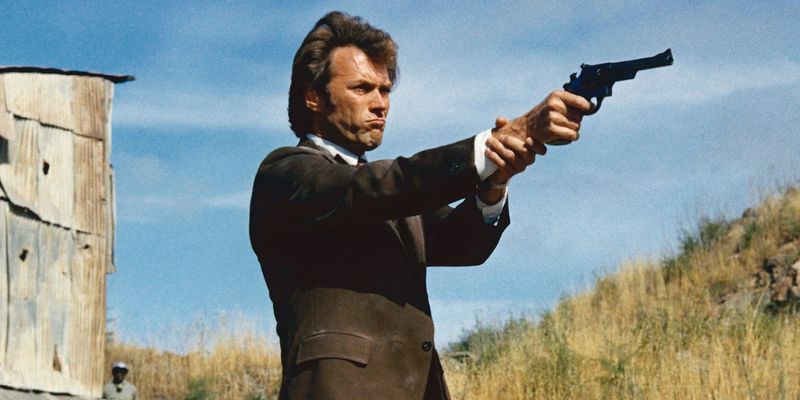
Originally, the filmmakers considered different firearms for Dirty Harry before settling on the .44 Magnum. They initially thought about using a Colt Python, but the team wanted something more intimidating. The .44 Magnum’s formidable reputation made it the perfect choice. This decision significantly contributed to the film’s success and iconic status. The Colt Python, while elegant, lacked the raw power that the .44 Magnum embodied. In one scene, the revolver’s imposing appearance was complemented by Eastwood’s commanding presence. Fans admire this synergy, as it elevated the film’s gritty realism and unforgettable legacy.
Hollywood’s Influence on Sales
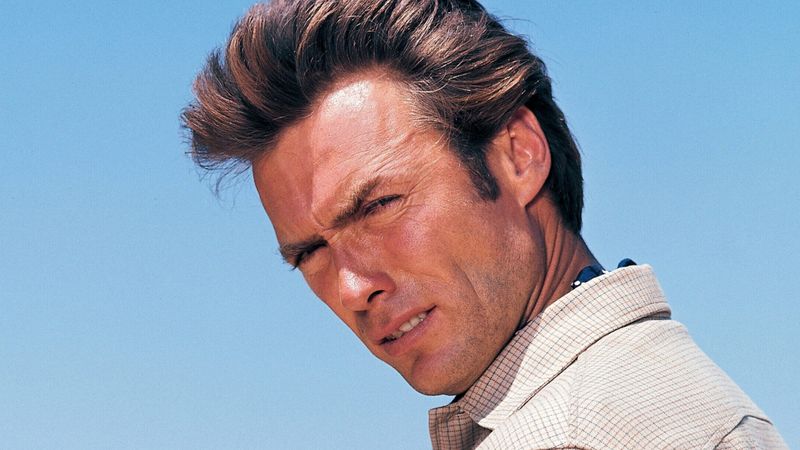
The film’s release led to a surge in .44 Magnum sales, demonstrating Hollywood’s influence. As audiences witnessed Clint Eastwood wielding the revolver, gun enthusiasts were drawn to its power and allure. Gun stores reported increased demand, with people eager to own “the most powerful handgun in the world.” The revolver became a symbol of strength and protection. This trend also highlighted Hollywood’s role in shaping public perception. Through Dirty Harry, the .44 Magnum transcended its status as a mere firearm, becoming a pop culture icon. Collectors still seek out these models today.
Eastwood’s Weapon Training

Before filming, Clint Eastwood underwent extensive training to handle the .44 Magnum convincingly. He spent time at a shooting range, learning the revolver’s mechanics and mastering its powerful recoil. This preparation ensured authenticity in his performance, adding to the film’s realism. Eastwood’s dedication was evident in every scene, as he handled the gun with expert precision. Fans appreciate the actor’s commitment to his role, which contributed to the film’s success. His training also underscored the importance of safety and responsibility when handling firearms, a message that resonates with audiences.
The Revolver’s Unique Sound
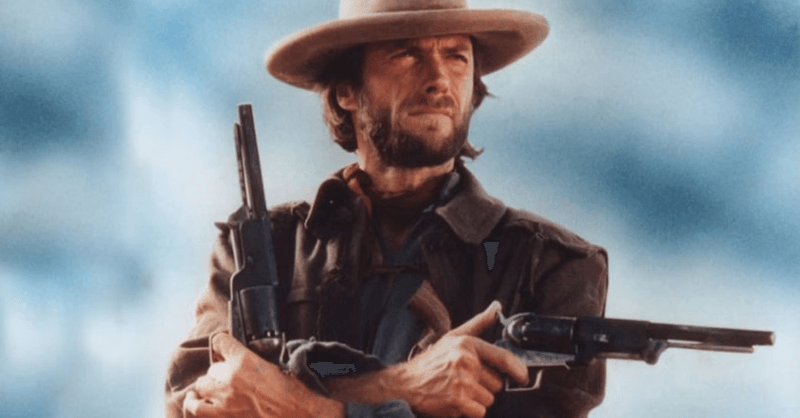
The .44 Magnum’s firing sound became one of the film’s defining features. Sound designers worked meticulously to capture its distinct noise. They combined various gunshot recordings to create an unforgettable auditory experience. This attention to detail enhanced the film’s intensity, allowing viewers to feel the gun’s power through sound alone. The revolver’s roar added to the film’s suspense and drama. For many fans, this element is as memorable as the iconic lines delivered by Clint Eastwood. The sound team’s innovation established a benchmark for future action films, influencing their approach to sound design.
Modified Grips for Comfort
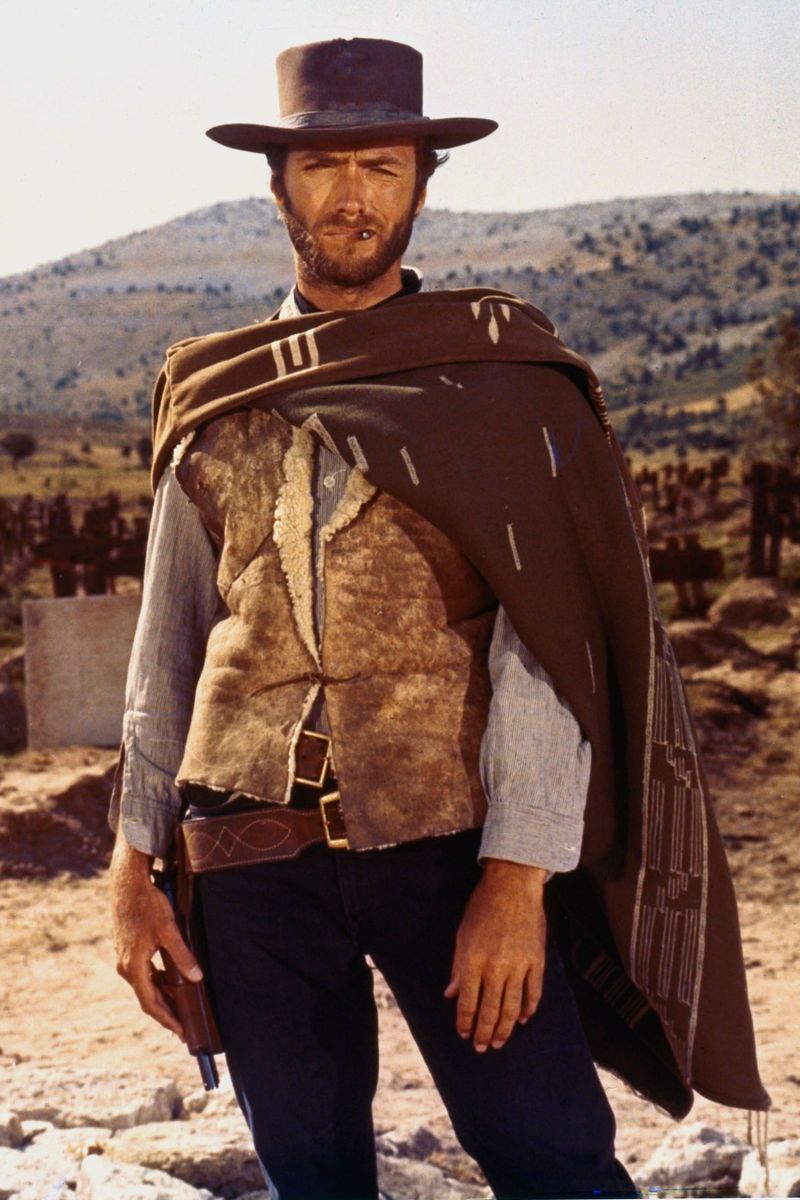
To ensure Clint Eastwood’s comfort during filming, the .44 Magnum’s grips were modified. Custom-made wooden grips replaced the standard ones, providing better handling and reducing recoil impact. These adjustments allowed Eastwood to perform lengthy action scenes without discomfort. The attention to ergonomic detail reflected the filmmakers’ dedication to authenticity and actor well-being. These enhancements also played a part in the revolver’s iconic look. Fans often seek replicas with similar grips to capture the film’s essence. The modifications highlight the balance between form and function, showcasing the filmmakers’ innovative approach.
Uncredited Designer Contributions

Many of the revolver’s features were enhanced by uncredited designers who worked tirelessly behind the scenes. These artists ensured the gun’s aesthetic matched the film’s gritty tone. Their work included refining the revolver’s appearance and ensuring its on-screen presence was impactful. Despite their significant contributions, these designers remained unsung heroes. Their efforts were crucial in establishing the film’s authentic feel and iconic status. This aspect of filmmaking underscores the collaborative nature of cinema, where many talents come together to create a cohesive work. Fans appreciate these hidden contributions, recognizing their role in the film’s success.
The Gun’s Caliber Controversy
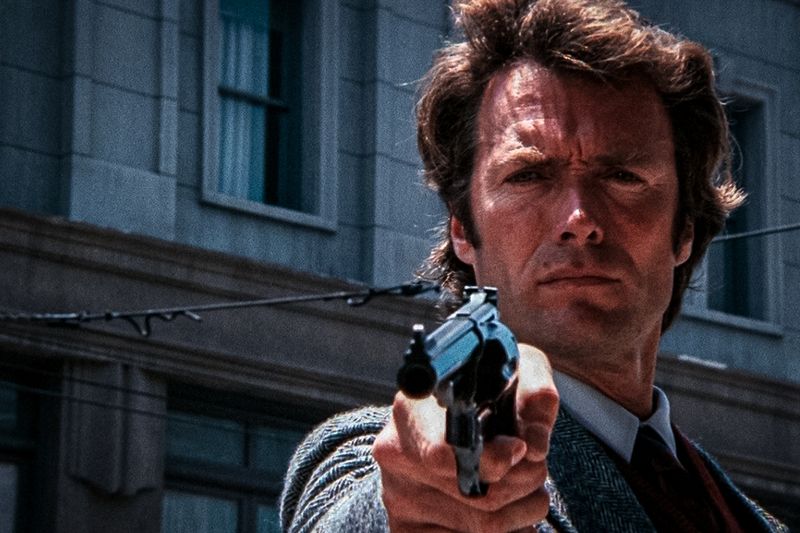
The .44 Magnum’s caliber sparked debates among gun enthusiasts. Some questioned its practicality as a police weapon due to its recoil and size. However, the film’s portrayal elevated it beyond these criticisms, focusing on the revolver’s intimidating presence. The controversy highlighted differing views on firearm suitability for law enforcement. Despite debates, the .44 Magnum’s status in Dirty Harry cemented its place in cinematic history. Fans continue to discuss its impact, appreciating the revolver’s role in shaping the film’s narrative. These conversations emphasize the film’s influence on perceptions of firearms in popular culture.
Legacy in Pop Culture

The .44 Magnum’s legacy extends beyond Dirty Harry, with numerous references in pop culture. It has appeared in movies, TV shows, and even comic books. The revolver’s association with Clint Eastwood’s character made it a symbol of toughness. Its presence in various media underscores its lasting impact. Fans recognize the gun as an emblem of cinematic history, often featuring it in tributes and collections. Merchandise, from T-shirts to replicas, continues to celebrate its significance. This enduring legacy highlights the revolver’s role as more than just a prop, but a cultural icon in its own right.
The Film’s Impact on Gun Collecting

Dirty Harry’s success significantly influenced gun collecting, particularly regarding the .44 Magnum. Collectors began seeking out this specific model, appreciating its historical and cinematic significance. The film’s portrayal elevated interest in handguns, with enthusiasts eager to own a piece of movie history. This trend continues today, with the revolver remaining a sought-after item. Fans value the connection to Clint Eastwood’s iconic character, viewing the gun as a symbol of strength. The film’s impact on collecting highlights the intersection between cinema and tangible memorabilia, illustrating the power of storytelling in shaping cultural trends.
Director’s Vision for the Gun

Director Don Siegel had a clear vision for the revolver in Dirty Harry. He saw it as an extension of the title character’s persona, embodying his unwavering pursuit of justice. The .44 Magnum was chosen to reflect Harry’s no-nonsense approach, providing both a visual and thematic centerpiece. Siegel’s choice was instrumental in crafting the film’s gritty tone. His vision ensured the revolver wasn’t just a prop, but a narrative device that enhanced the storytelling. Fans admire how the director’s insights elevated the film, making the gun a defining element of the cinematic experience.
Clint Eastwood’s Personal Influence
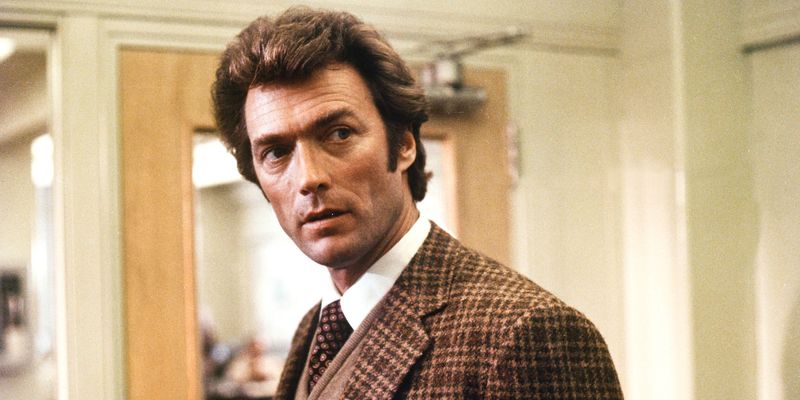
Clint Eastwood’s influence extended beyond acting, impacting the film’s creative choices. He collaborated closely with the director, contributing to the decision to feature the .44 Magnum. Eastwood’s preference for realism led to a focus on authenticity, shaping the film’s presentation. His input was crucial in ensuring the revolver’s portrayal aligned with the character’s ethos. Fans appreciate Eastwood’s dedication to his craft, recognizing his role in creating a lasting cinematic legacy. This collaboration highlights the actor’s multifaceted talent, as both performer and creative force. Eastwood’s involvement continues to inspire audiences and filmmakers alike.
Innovative Filming Techniques
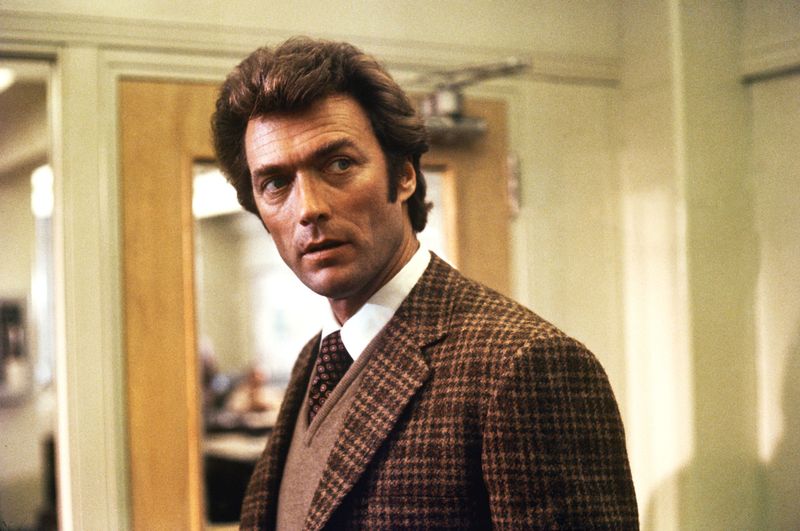
Filmmakers employed innovative techniques to capture the .44 Magnum’s presence effectively. They used specific camera angles and lighting to emphasize the revolver’s imposing size. Slow-motion shots showcased its power, adding drama to key scenes. These techniques highlighted the revolver’s significance within the narrative, enhancing its impact on viewers. The creative approach to filming ensured the gun was more than just a weapon; it became a character in its own right. Fans often cite these scenes as highlights, appreciating the artistry involved. The filmmakers’ innovation set a standard for action films, influencing future cinematic endeavors.
Memorable Marketing Campaigns
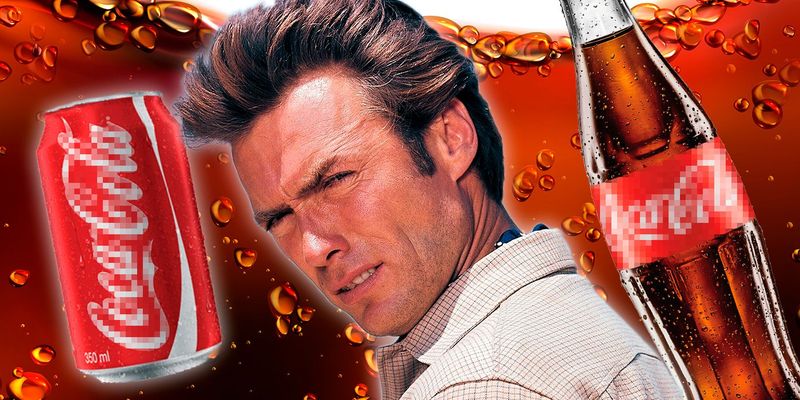
The marketing campaign for Dirty Harry capitalized on the .44 Magnum’s mystique. Posters prominently featured Clint Eastwood brandishing the revolver, accompanied by memorable quotes. This imagery captured audiences’ attention, emphasizing the film’s gritty appeal. The campaign effectively highlighted the revolver’s role, generating excitement and anticipation. Fans were drawn to the film’s portrayal of justice and power, as embodied by the gun. This marketing strategy contributed to the film’s box office success and enduring reputation. The revolver became synonymous with Dirty Harry, cementing its status as an iconic symbol in both film and advertising.
The Gun’s Continued Relevance
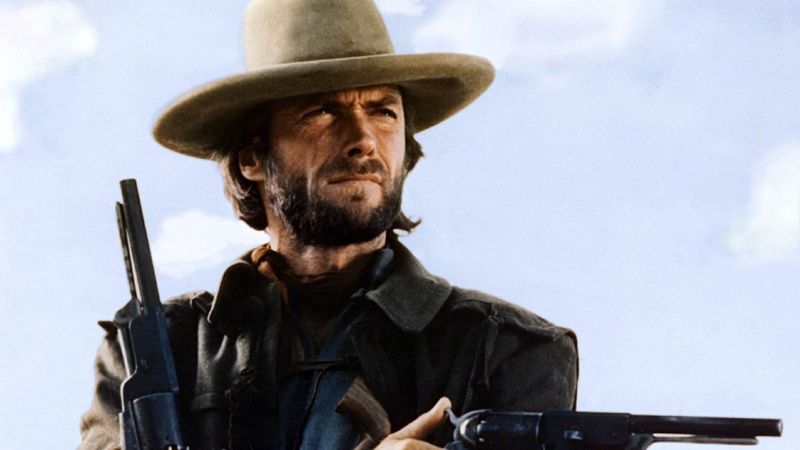
Decades after Dirty Harry’s release, the .44 Magnum remains relevant. Shooting ranges and enthusiasts continue to discuss its impact, both as a firearm and a cultural icon. The revolver’s portrayal in the film has left a lasting impression, influencing perceptions of power and justice. Its continued relevance is evident in ongoing discussions about its role in cinema and history. Fans and collectors celebrate the revolver, acknowledging its place in both pop culture and firearm lore. This enduring fascination underscores the film’s impact, demonstrating how a single prop can shape a legacy. Its significance is celebrated by generations new and old.
